NASA, IBM team up to spur new discoveries about Earth
The joint work will apply AI foundation model technology to NASA's Earth-observing satellite data for the first time, NASA said in a statement.

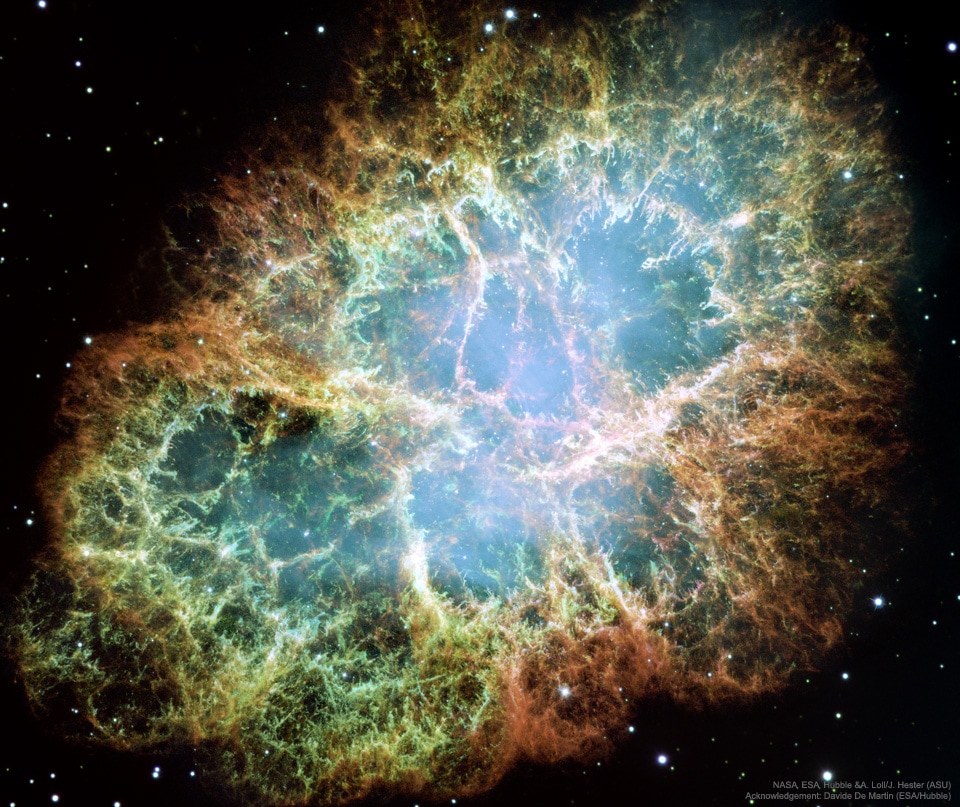
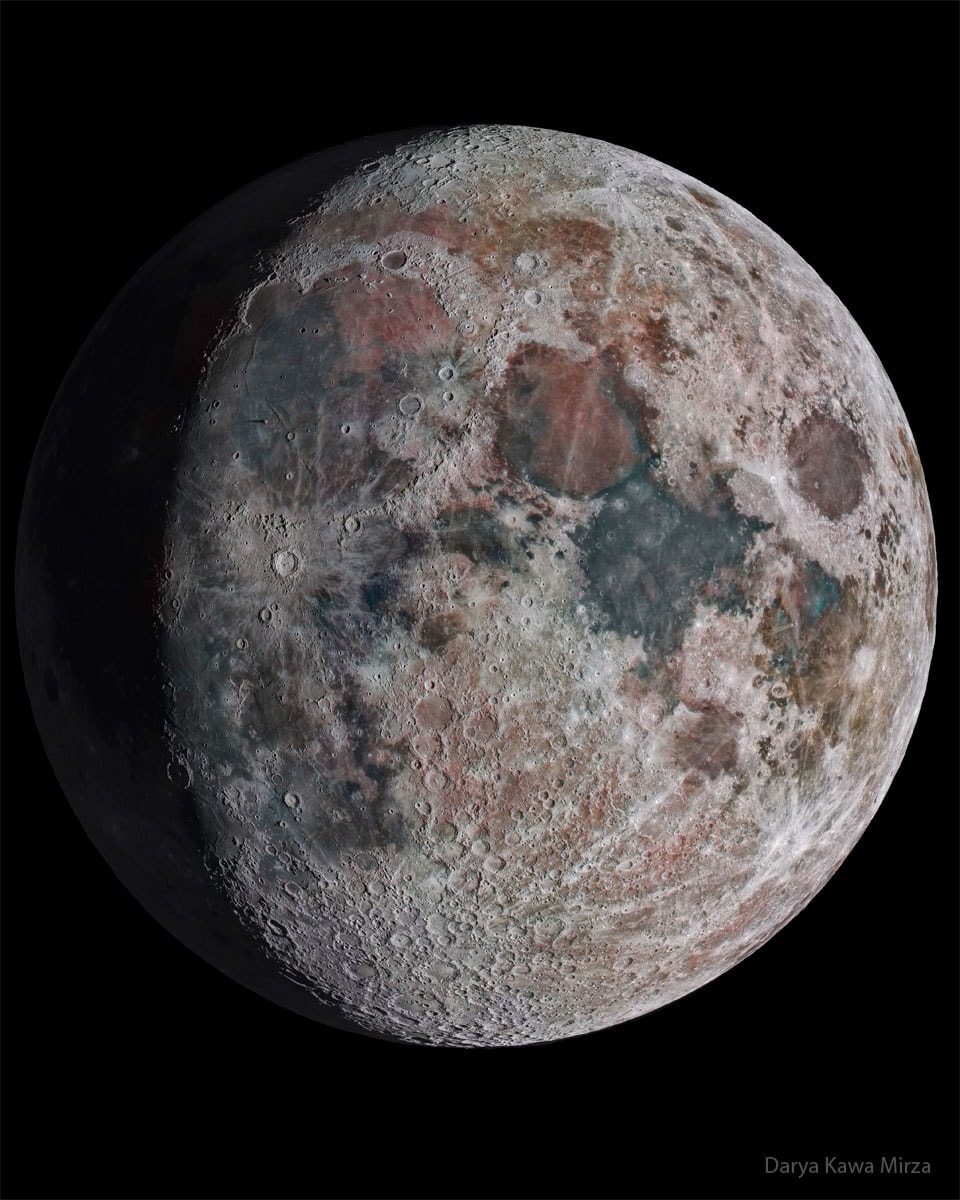
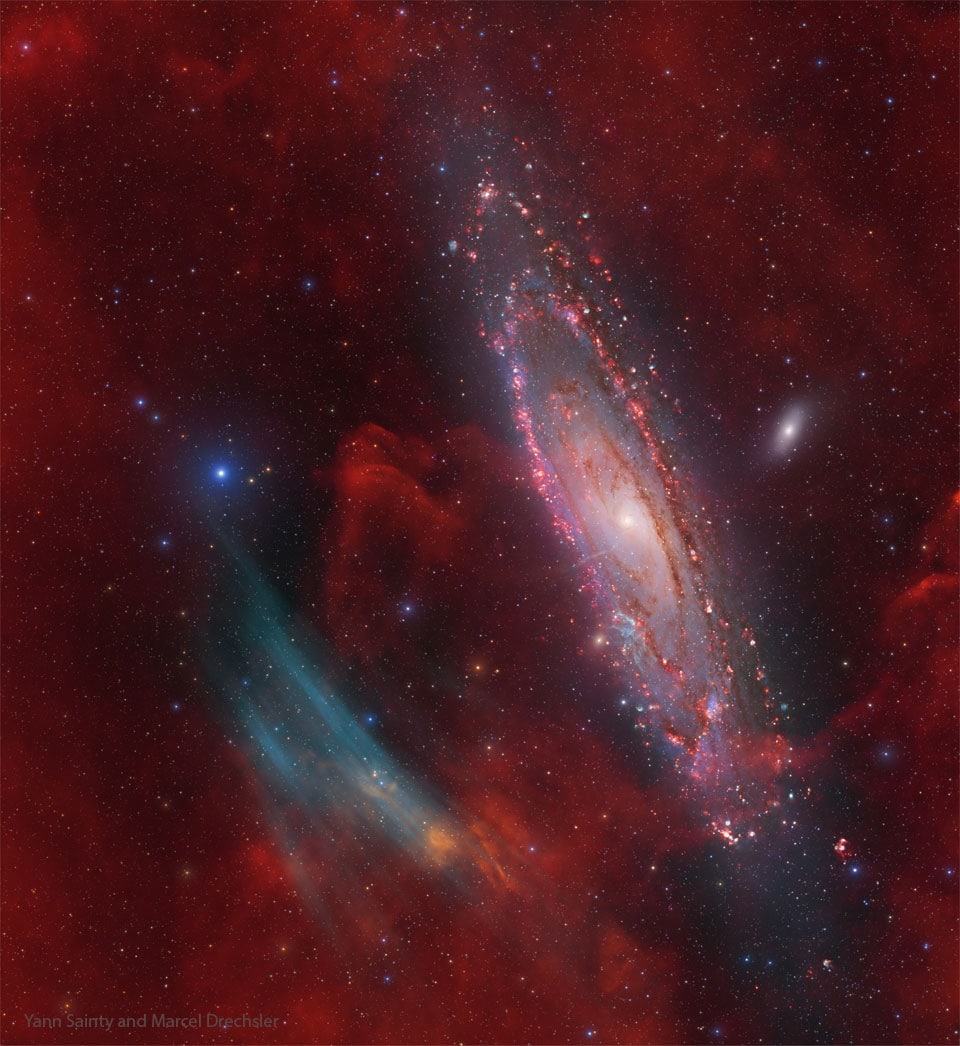
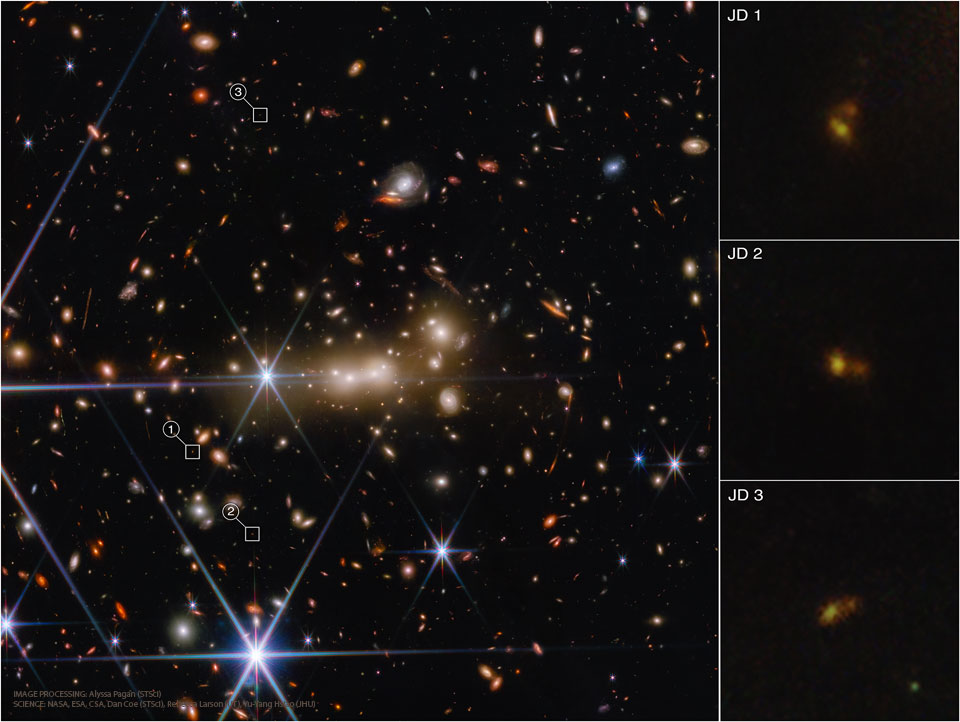
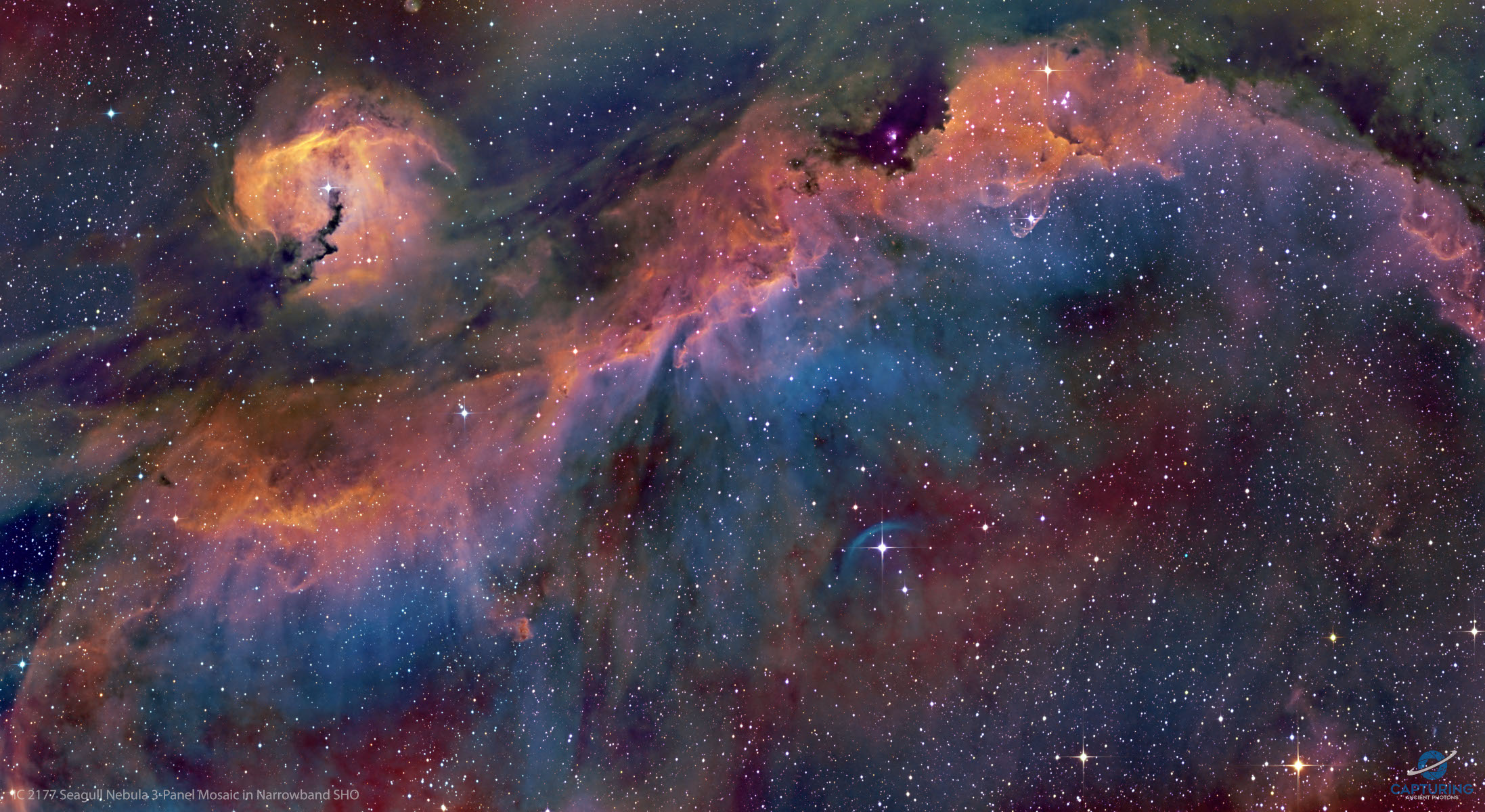
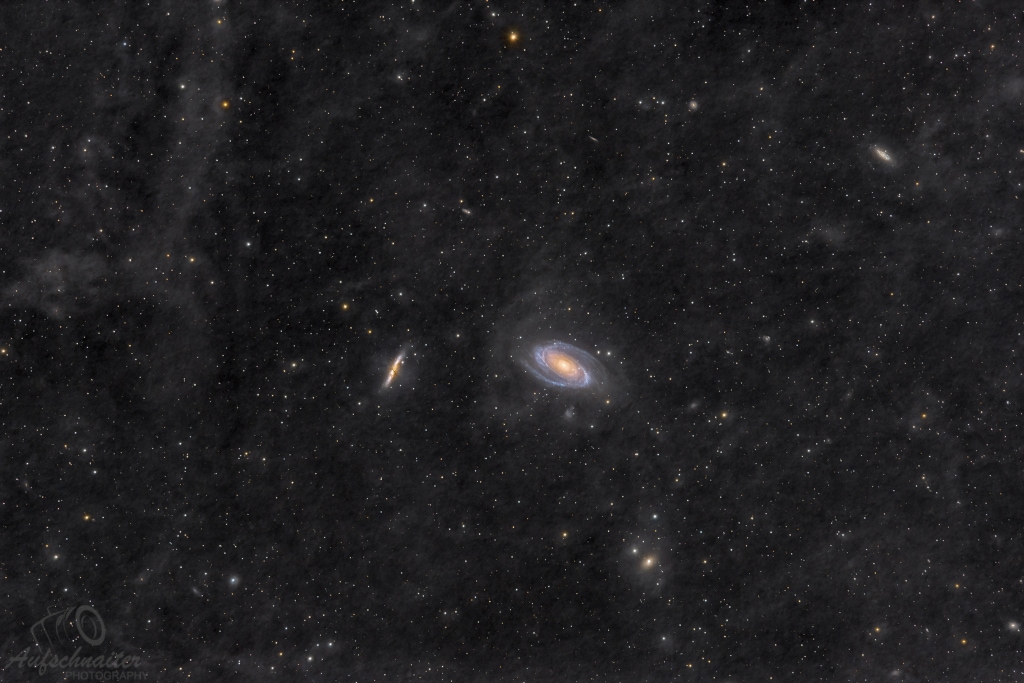
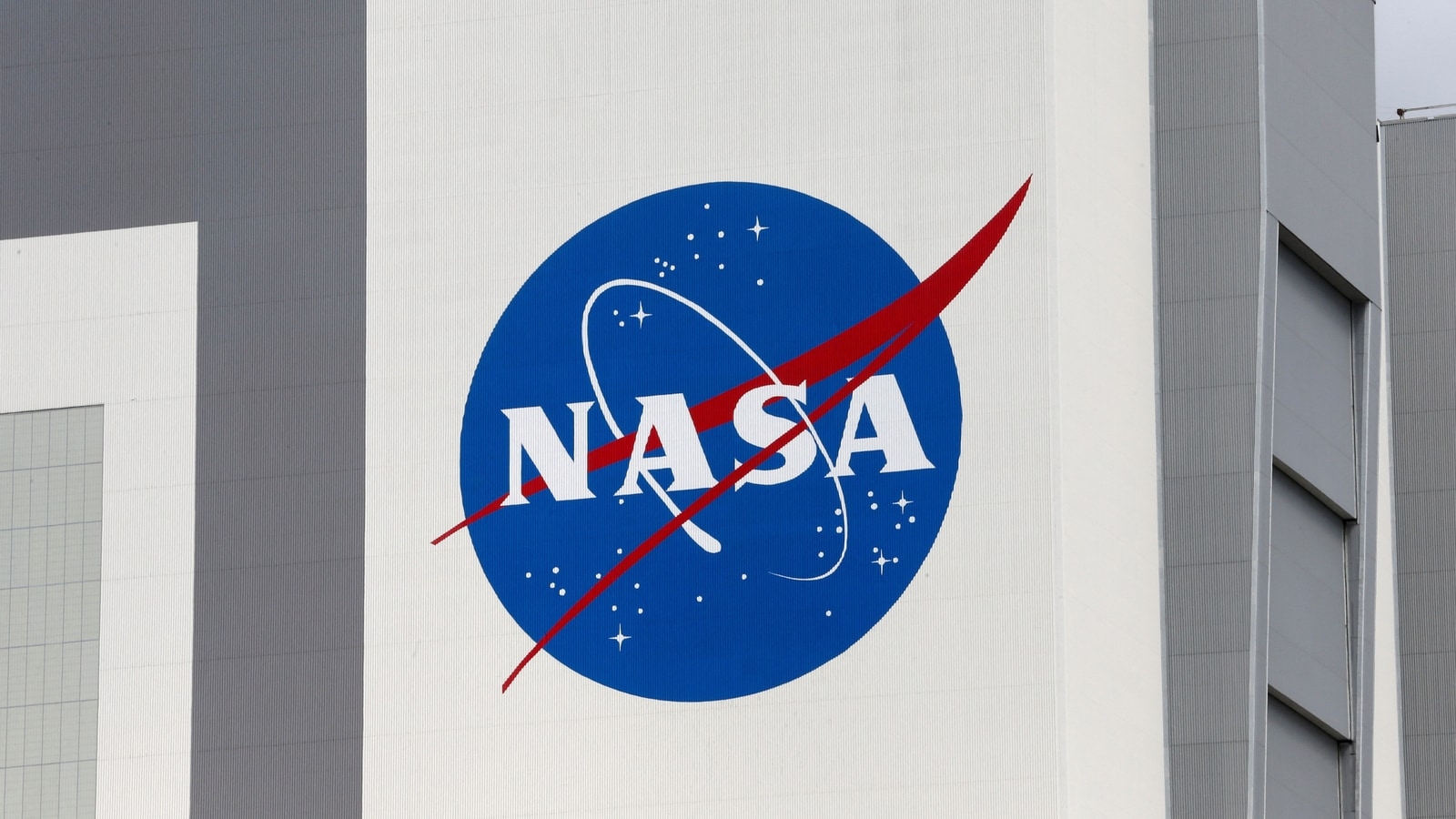
 View all Images
View all ImagesNASA and IBM have collaborated to develop artificial intelligence (AI) based models that will make it easier to mine vast datasets to advance scientific knowledge about Earth, and help the world to adapt to a changing environment.
The joint work will apply AI foundation model technology to NASA's Earth-observing satellite data for the first time, NASA said in a statement.
Foundation models are types of AI models that are trained on a broad set of unlabelled data, can be used for different tasks, and can apply information about one situation to another.
"The beauty of foundation models is they can potentially be used for many downstream applications," said Rahul Ramachandran, a senior research scientist at NASA's Marshall Space Flight Center.
"Building these foundation models cannot be tackled by small teams; you need teams across different organisations to bring their different perspectives, resources, and skill sets," Ramachandran said in a statement.
One project will train an IBM geospatial intelligence foundation model on NASA's Harmonized Landsat Sentinel-2 (HLS) dataset, a record of land cover and land use changes captured by Earth-orbiting satellites, the statement said.
By analysing satellite data to identify changes in the geographic footprint of phenomena such as natural disasters, cyclical crop yields, and wildlife habitats, this model technology will help researchers provide critical analysis of our planet's environmental systems.
Another output from this collaboration is expected to be an easily searchable corpus of Earth science literature.
IBM has developed a natural language processing (NLP) model trained on nearly 300,000 Earth science journal articles to organise the literature and make it easier to discover new knowledge, the company said.
Beyond providing a resource to researchers, the new language model for Earth science could be infused into NASA's scientific data management and stewardship processes.
Catch all the Latest Tech News, Mobile News, Laptop News, Gaming news, Wearables News , How To News, also keep up with us on Whatsapp channel,Twitter, Facebook, Google News, and Instagram. For our latest videos, subscribe to our YouTube channel.





























